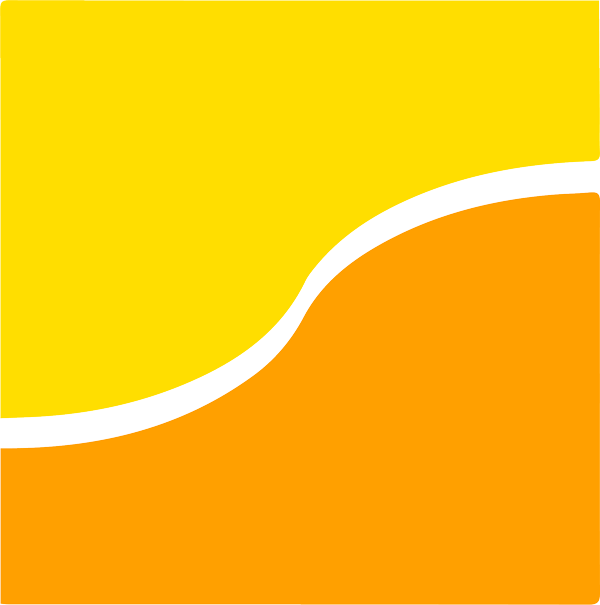GeoTIFF
Categories
Type of resources
Available actions
Topics
Keywords
Contact for the resource
Provided by
Years
Formats
Representation types
Scale
-

Representation of the topography of Catalonia, that is, of the set of main landforms and morphological features that characterize the territory, at 1:1 000 000 scale.
-

Representation, as a grid of 20 m resolution, of the following biophysical variables of the trees (the one identified in the Land Cover Map of Catalonia as wooded forest masses), which allow to know the structure of the wooded mass: Total aerial biomass; Total aerial carbon; Volume with bark; Foliar biomass; Basal area; Tree cover; Average normal diameter; Medium height; Foliar area index (available in some editions only); Density of feet per hectare (available only in some editions).
-

Representation of the topography of Catalonia, that is, of the set of main landforms and morphological features that characterize the territory, at 1:250 000 scale.
-

The Land Cover Map of Catalonia is an information set of high-resolution thematic cartography on the main types of land cover in the country, such as urban areas, agriculture, forestry or water bodies.
-

The orthophoto is a cartographic document that consists of a vertical aerial image which has been rectified in such a way that the same scale is kept in the entire surface of the image, being a geometric representation on scale of the terrestrial surface. It is a orthophoto with a resolution of 50 cm resolution generated by generalization from an orthophoto with more resolution, through pixel aggregation techniques. The infrared orthophoto (OI-5M) provides information about the infrared area of the electromagnetic spectrum. Shows the combination of IRC bands that correspond to Infrared, Red and Green channels, a combination called "false color".
-

The orthophoto is a cartographic document that consists of a vertical aerial image which has been rectified in such a way that the same scale is kept in the entire surface of the image, being a geometric representation on scale of the terrestrial surface. It is a orthophoto with a resolution of 250 cm obtained, by generalization techniques, from orthophotos with more resolution. Generally ortophotos of the serie Ortofoto of Catalonia 50 cm are used. The infrared orthophoto (OI-25M) provides information about the infrared area of the electromagnetic spectrum. Shows the combination of IRC bands that correspond to Infrared, Red and Green channels, a combination called "false color".
-

The orthophoto is a cartographic document that consists of a vertical aerial image which has been rectified in such a way that the same scale is kept in the entire surface of the image, being a geometric representation on scale of the terrestrial surface. It is a orthophoto with a resolution of 50 cm generated by generalization from an orthophoto with more resolution, through pixel aggregation techniques. The color orthophoto (OF-5M) provides information about the visible area of the electromagnetic spectrum. Shows the combination of RGB bands that correspond to the Red, Green and Blue channels, a combination called "natural color".
-

The orthophoto is a cartographic document that consists of a vertical aerial image which has been rectified in such a way that the same scale is kept in the entire surface of the image, being a geometric representation on scale of the terrestrial surface. It is a orthophoto with a resolution of 250 cm obtained, by generalization techniques, from orthophotos with more resolution. Generally ortophotos of the serie Ortofoto of Catalonia 50 cm are used. The color orthophoto (OF-25M) provides information about the visible area of the electromagnetic spectrum. Shows the combination of RGB bands that correspond to the Red, Green and Blue channels, a combination called "natural color".
-

Orthoimage representing the normalized difference vegetation index (NDVI), with a resolution of 1 m. This index makes it possible to estimate the quantity, quality and development of vegetation, based on the normalized difference between the radiation reflected in the infrared band of the electromagnetic spectrum with respect to the red band of the visible spectrum. This set of information is distributed in 2 by-products: Real NDVI orthoimage, where each pixel takes the real value of the index in question (between -1 and 1), in such a way that it facilitates exhaustive studies but requires advanced software; 8-bit NDVI orthoimage, where each pixel takes the value of the index in question but discretized to an integer range between 0 and 200, so that it facilitates an overview.
-

Synthesis of the geology of Catalonia at a scale of 1:50,000 through the cartographic representation of geological units of a lithostratigraphic nature, of the major structural elements (unconformities, faults and folds) and of the types of contact between units.
 Catàleg IDEC
Catàleg IDEC